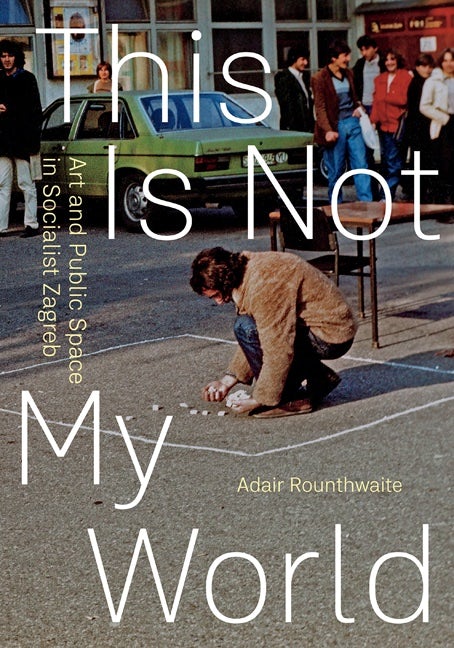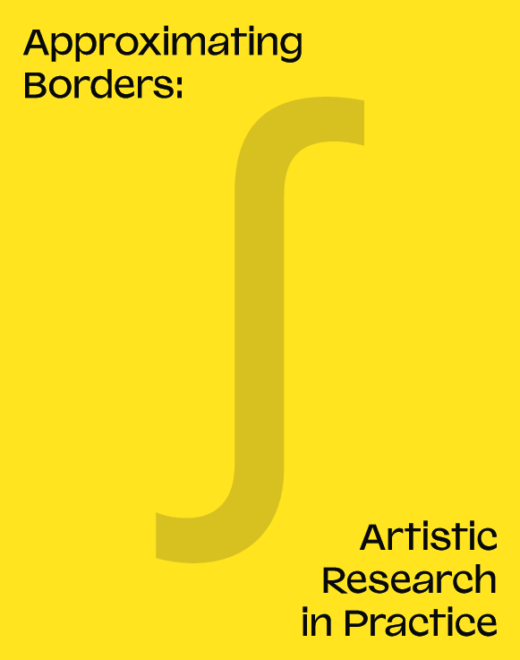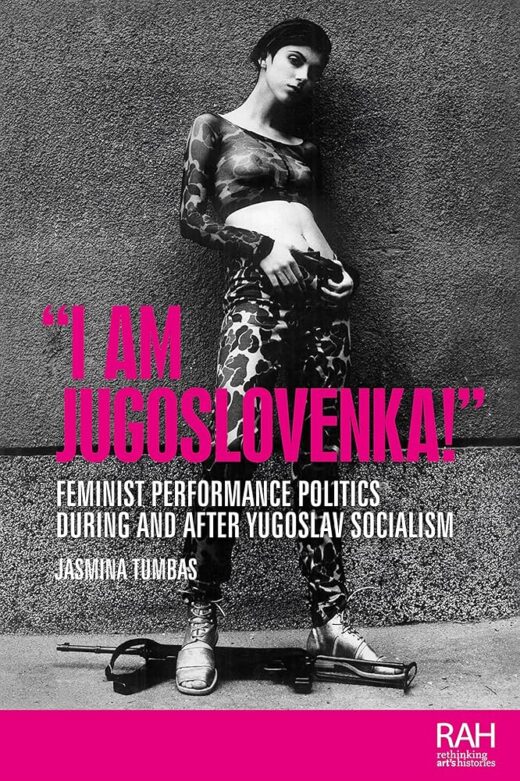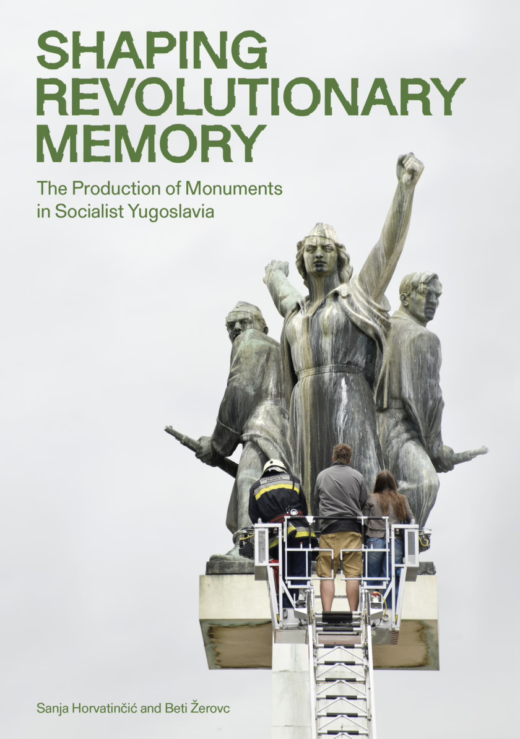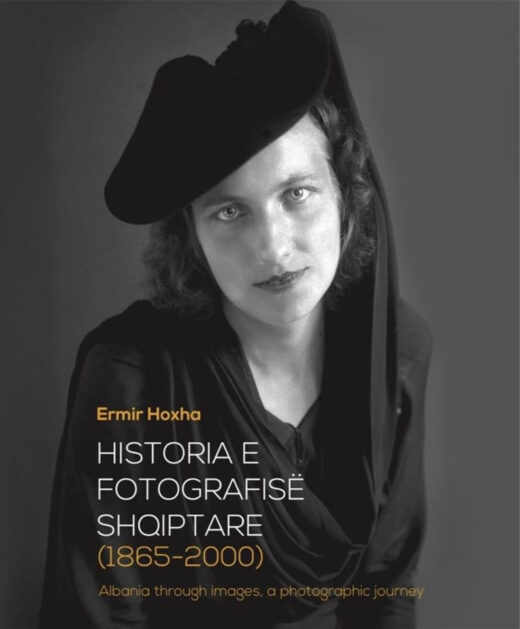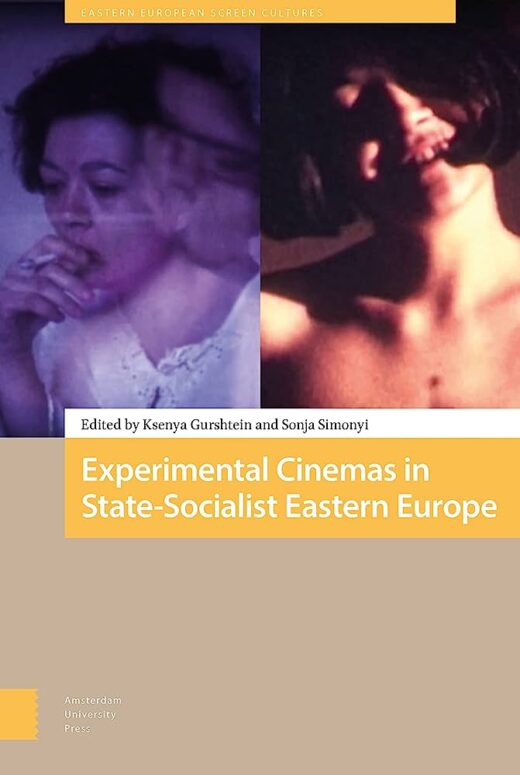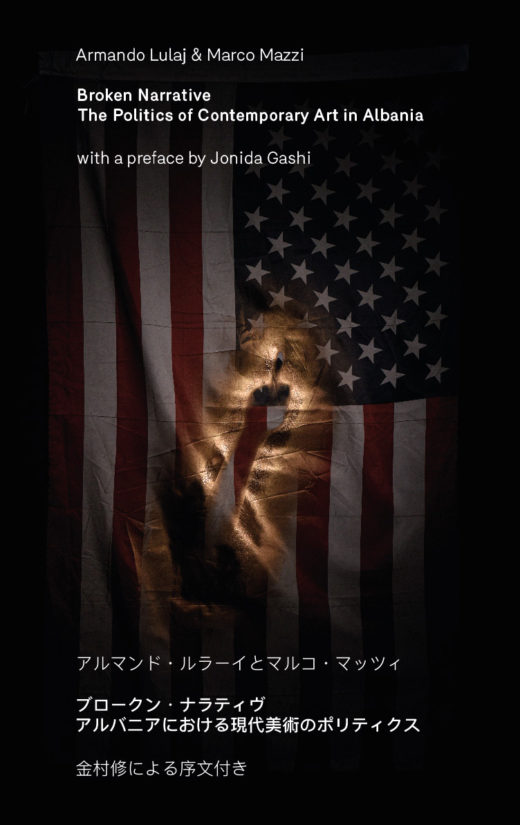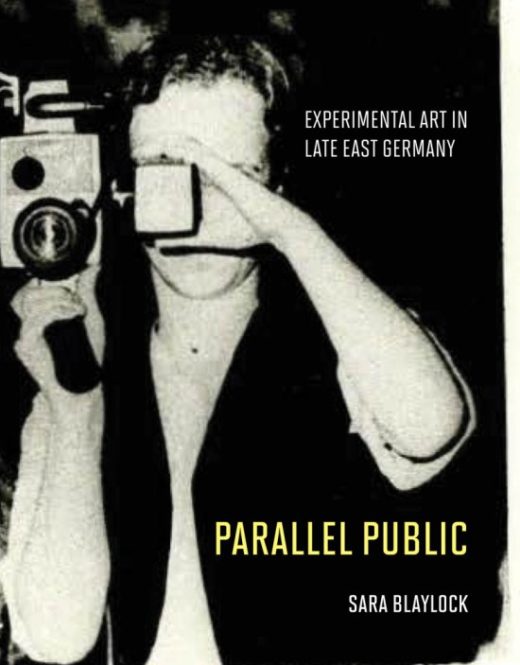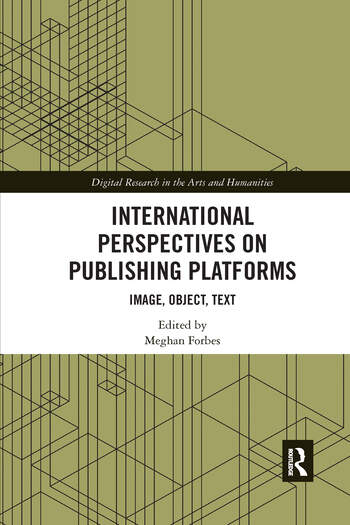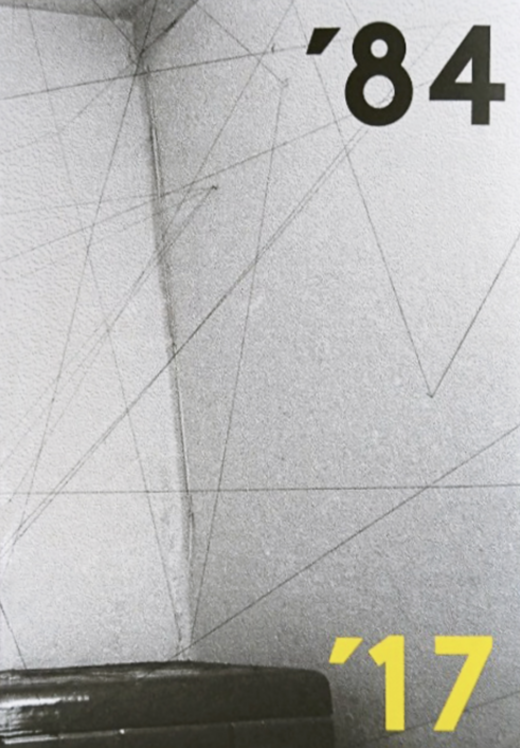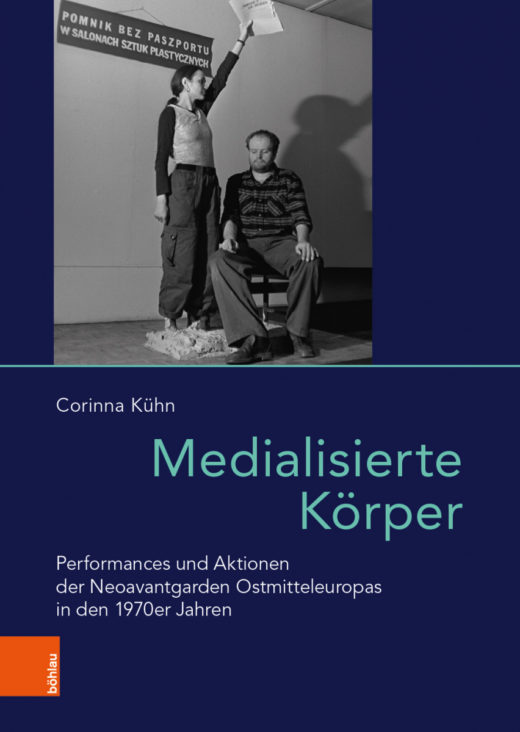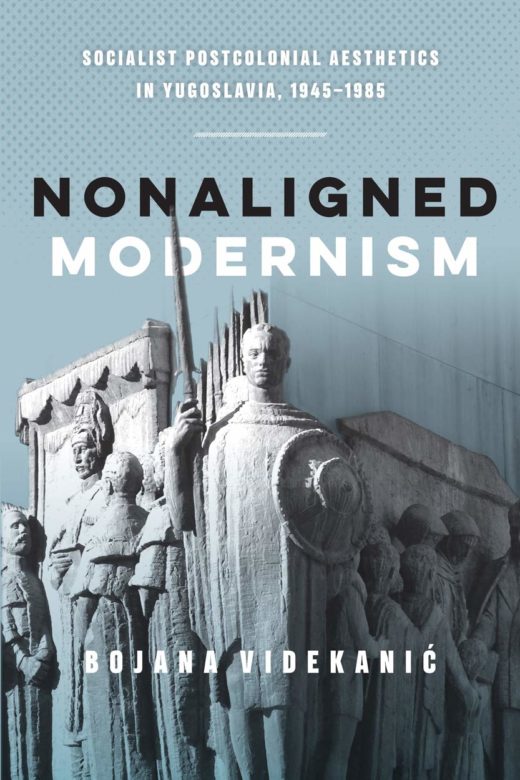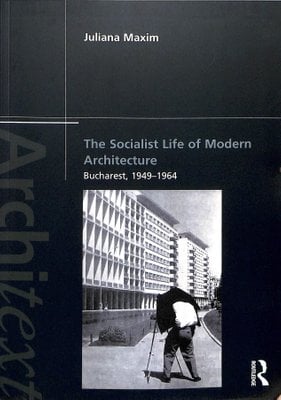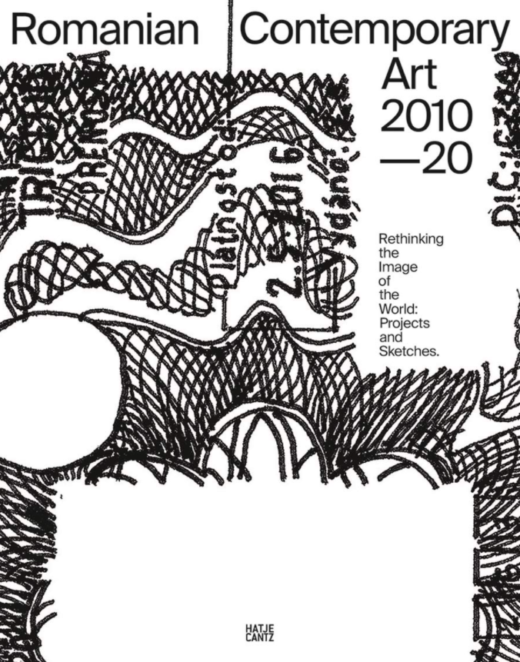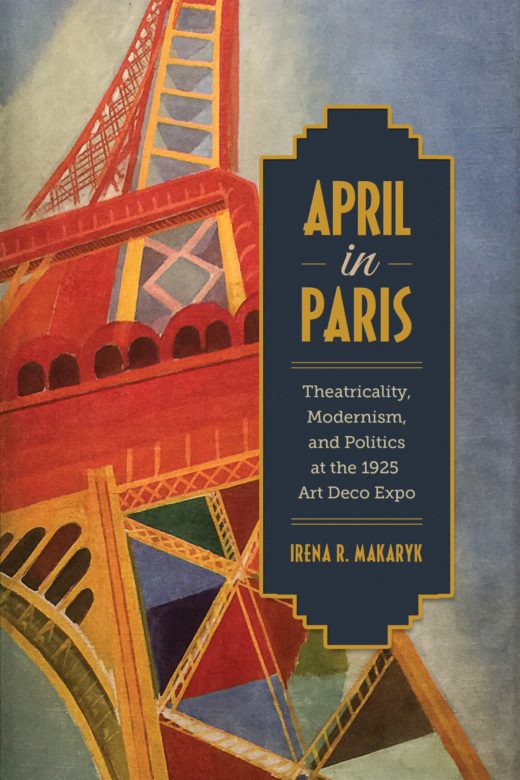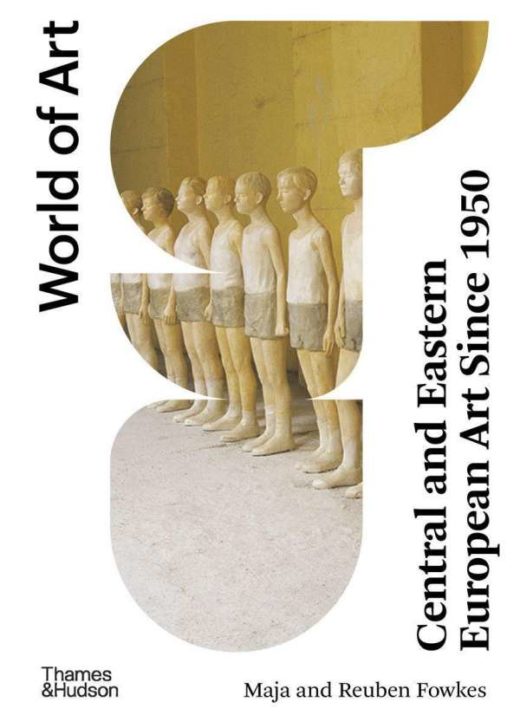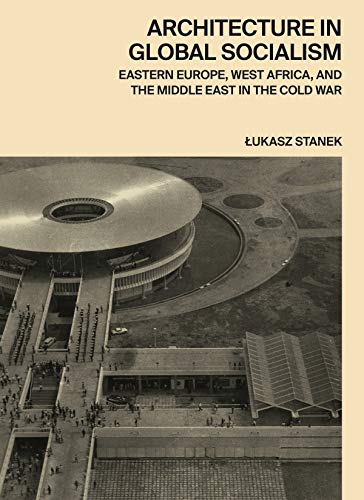Intimate Encounters: Performance Art in Zagreb
Adair Rounthwaite, This is Not My World: Art and Public Space in Socialist Zagreb (Minneapolis: University of Minnesota Press, 2024), 296 pp.
The city of Zagreb occupies a special place on the map of East European performance art. The streets of that city served as the canvas for performance artists for several decades, from the walking meetings of the Gorgona Group (active 1959-1966) to the exhibition-actions of the Group of Six Authors and public interventions by Goran Trbuljak and Braco Dmitrijevic in the 1970s to iconic performances by Sanja Ivekovic (Triangle, 1979), Tomislav Gotovac and Vlasta Delimar in the … Read more

